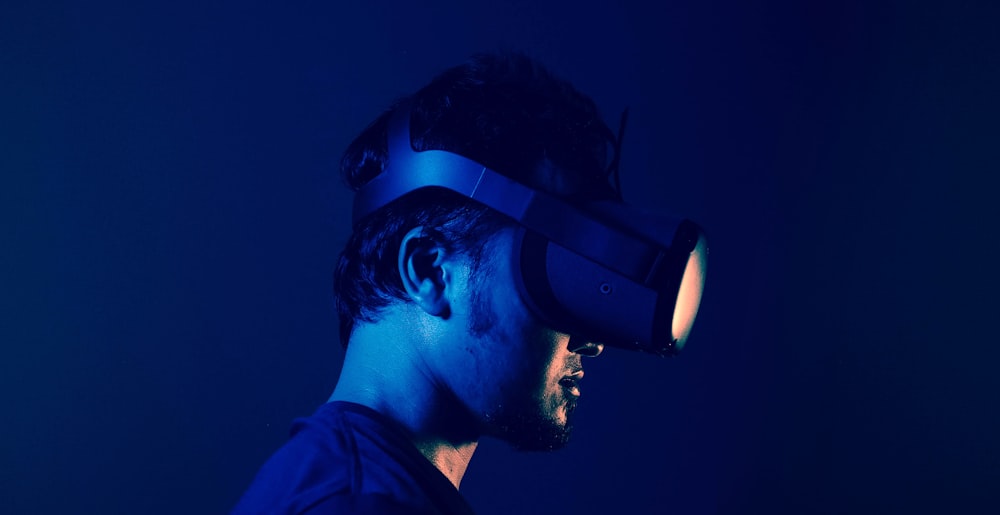Hybrid and in-person events are making a triumphant comeback in 2023, fueled by the latest advancements in event technologies and tools. The rapid evolution of event technology is driven by its significant impact on the success of events, as recognized by 90% of event professionals today. The increasing prevalence of virtual and hybrid events has led many event teams to acknowledge the transformative potential of the right tech solutions, elevating their event experiences to new heights. In fact, research indicates that event technology can boost event attendance by 20% and increase productivity by 27%.
After undergoing digital transformation in recent years, event attendees now anticipate higher levels of event production and more engaging technology that justifies their valuable time and investment. For conference and event organizers, this translates to the necessity of investing in the appropriate event technology to meet attendees’ rising expectations.
This post will help you out which technology trends can help you have a more successful event in the future.
Top Event Technology Trends & What They Mean for Event Planners and Stylists
Discover how these emerging technologies are reshaping the landscape of event styling and planning, and explore the opportunities and challenges they bring to the industry. Stay informed about the latest advancements, and understand how incorporating these trends into your event planning strategies can lead to more successful and impactful events.
1. The Thriving World of Augmented and Virtual Reality in Events
The realm of augmented reality (AR) and virtual reality (VR) is abuzz with excitement, as the global VR market, estimated to be worth around $22 billion presently, is projected to grow at a remarkable annual rate of 15% until 2030, according to Grand View Research. Event planners are set to play a significant role in driving this growth.
Integrating AR and VR technology into events adds a touch of fascination and elevates audience engagement to unprecedented levels by bridging the gap between in-person and remote experiences like never before.
By incorporating VR headsets on-site, event planners can transport attendees beyond the screen, immersing them in presentations enriched with 360-degree videos and interactive data visualizations. Simultaneously, digital attendees can participate in real-time, creating a seamless sense of togetherness.
Moreover, vendors and exhibitors are increasingly utilizing VR to distinguish themselves from competitors, offering highly immersive booth experiences where attendees can don headsets and embark on captivating virtual journeys, leaving lasting impressions.
2. Elevating Events with Live Streaming and Simulive Technology
The event technology landscape has witnessed remarkable advancements in streaming services, catering to the demands of virtual events. As a result, attendees now expect top-notch streaming quality, particularly for those joining remotely.
To ensure a seamless event experience, consider adopting a comprehensive solution that seamlessly transitions between virtual and hybrid events. Such solutions enable synchronizing multiple locations with the live audience, effortlessly integrating live and pre-recorded video content and seamlessly collaborating with preferred streaming services.
Enter Simulive, another groundbreaking streaming solution tailored for hybrid events. By pre-recording event content and scheduling it to go live at specific times, Simulive reduces the challenges of managing real-time video synchronization during the event, a task known for its potential nerve-wracking and technical complexities.
3. Enhancing Event Experience with Contactless Check-In
As in-person and hybrid events make a swift return in 2023, some attendees may still have reservations about large gatherings. To address these concerns, event stylists and professionals are adopting contactless check-in software, a user-friendly and efficient solution.
Here’s how it works: Event technology vendors supply check-in kiosks, and attendees can easily scan a QR code on their phones upon arrival. The software then sends the attendee’s badge to a nearby printer for quick and hassle-free pickup.
Contactless check-in not only prioritizes safety and health measures but also eliminates the hassles and delays associated with traditional check-in procedures, bidding farewell to long lines and bottlenecks.
Interested in learning more about check-in and badge printing? Check out our informative video below.
4. Efficient Event Planning with Event Diagramming and Digital Floor Plans
In a manner similar to architects using blueprints for building design, event organizers now rely on event diagramming software to create to-scale, 3D renderings of event spaces.
With features like drag-and-drop functionality, 3D walk-throughs, and customizable seating, stage, booth, and vendor layouts, this technology streamlines event setup and empowers organizers to showcase their event convincingly to potential sponsors.
Moreover, event apps with digital floor plans allow for the swift creation of interactive maps for in-person and hybrid events. Attendees can simply click on a breakout room in the event app to access full speaker profiles and session topics or tap on a sponsor logo to instantly view their booth location on the exhibition hall map.
5. Fueling Engagement with Event Gamification
Injecting friendly competition and fun into events, gamification offers an ideal way to drive engagement efforts.
Leading event management platforms often include customizable game features, enabling organizers to create challenges such as trivia questions at the end of a session or booth visits. Attendees earn points by entering corresponding codes into their event apps, with leaders frequently promoted and alluring prizes up for grabs.
Explore how Resource & Financial Management Systems (RFMS) utilized event gamification to generate excitement before their event commenced and to enhance engagement during their latest user conference.
6. Enhancing Event Insights with Wearable Technology
While most event management platforms offer valuable event data and metrics, the latest wearable event technologies take it a step further by discreetly tracking essential event data without interfering with attendees’ or exhibitors’ experience.
Typically taking the form of wristbands or “smart” badges, wearable technology covertly captures a wide range of event metrics, including exhibitor hall and foot traffic. Organizers utilize this tech to monitor staffing and quickly make real-time adjustments to address any bottlenecks. Additionally, it aids in tracking the arrival of keynote speakers and high-profile guests, controlling access to VIP areas, monitoring social distancing, and measuring attendee engagement with exhibitors or sessions.
7. Empowering Events with Multi-Use Branded Event Apps
Mobile apps have long been favoured as event technology solutions for all event types, and the reasons are evident. Event planners can conveniently package agendas, speaker information, live stream links, venue maps, and showcase event sponsors—all within a sleek, mobile-friendly application.
Imagine an event app as an extension of the event platform, serving as a one-stop shop where attendees access everything they need for your event.
The best event apps offer white-labelling and full customization, allowing you to upload brand colours, logos, and icons, creating a uniquely branded, professional event application. Attendees can network, connect with others, and utilize app features like chat, polling, and session Q&A to interact with speakers and sponsors. Moreover, the app facilitates data collection, and lead retrieval, and demonstrates event ROI effortlessly.
8. Fostering Inclusivity with Attendee Accessibility Tools
Technology has made it possible for people worldwide to participate in in-person, hybrid, or virtual events. However, this also means attendees may speak different languages.
The good news is that live translation is now readily available to assist. Through the use of an event app, audience members can enjoy real-time audio translation in the language of their choice.
Furthermore, with the integration of artificial intelligence, event planners can enhance inclusivity at their events by automatically generating closed captions for the audience. The result is a more immersive, engaging, and accessible attendee experience that caters to diverse language preferences.







